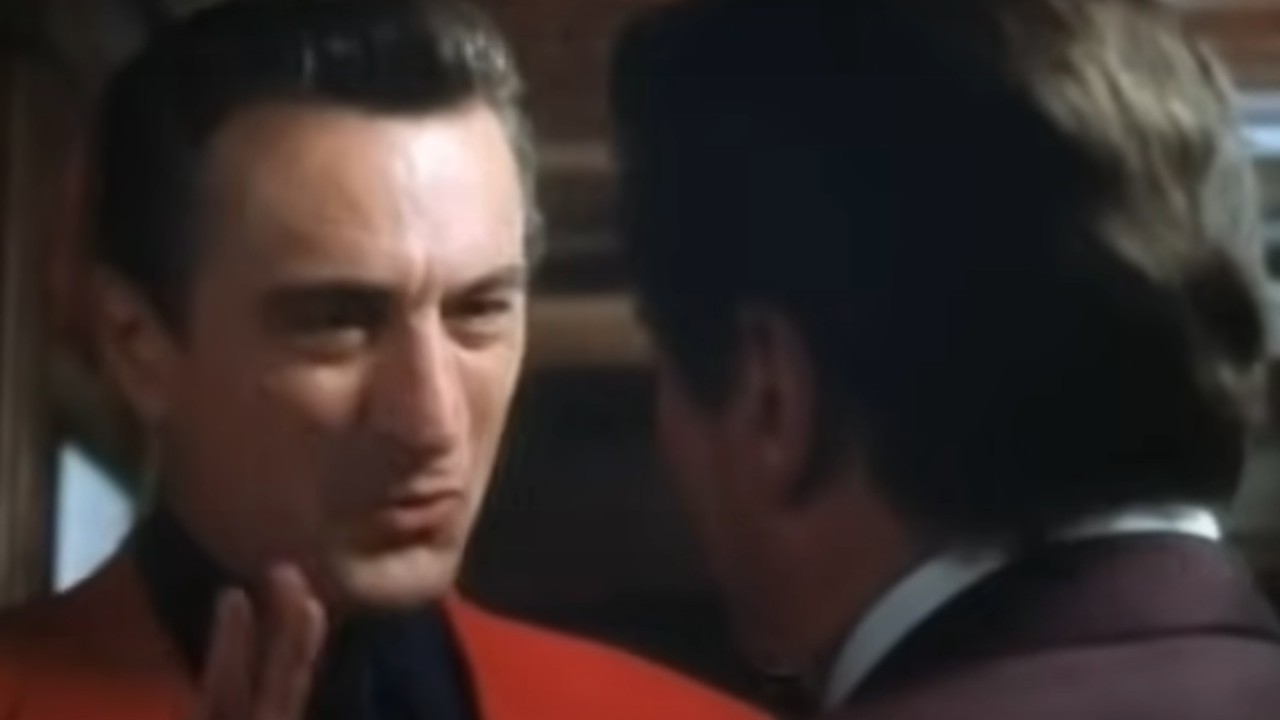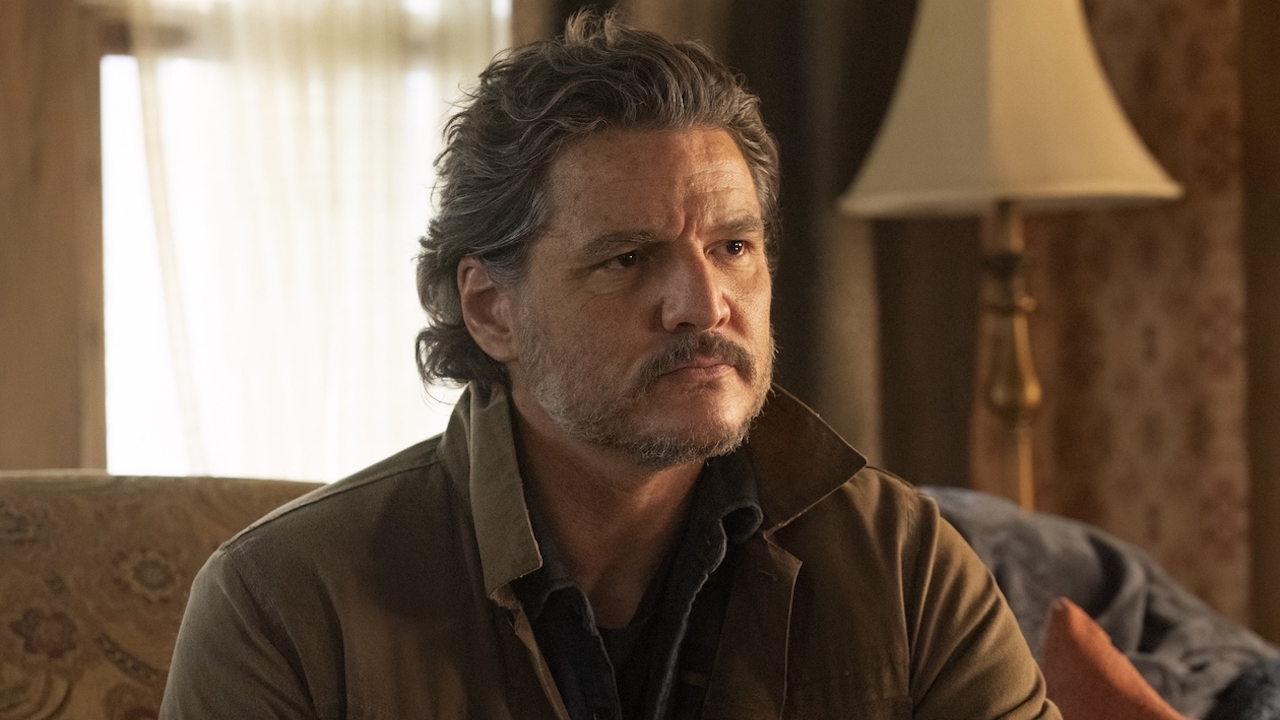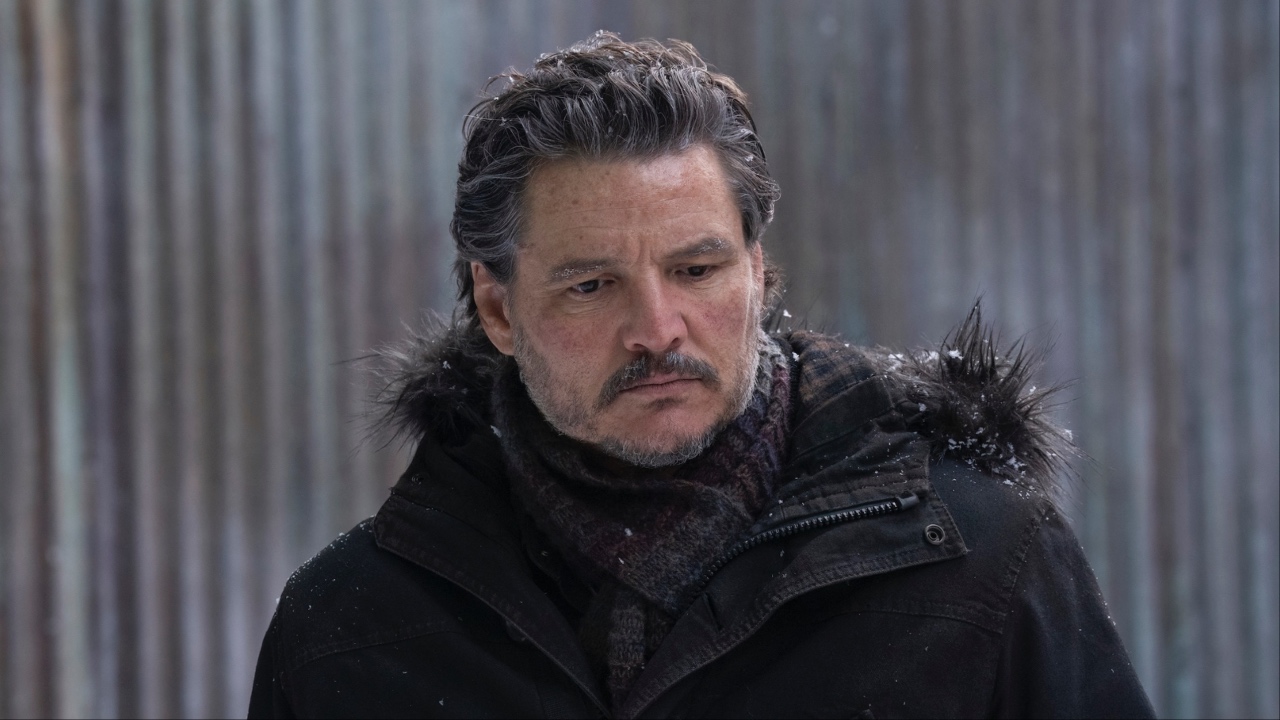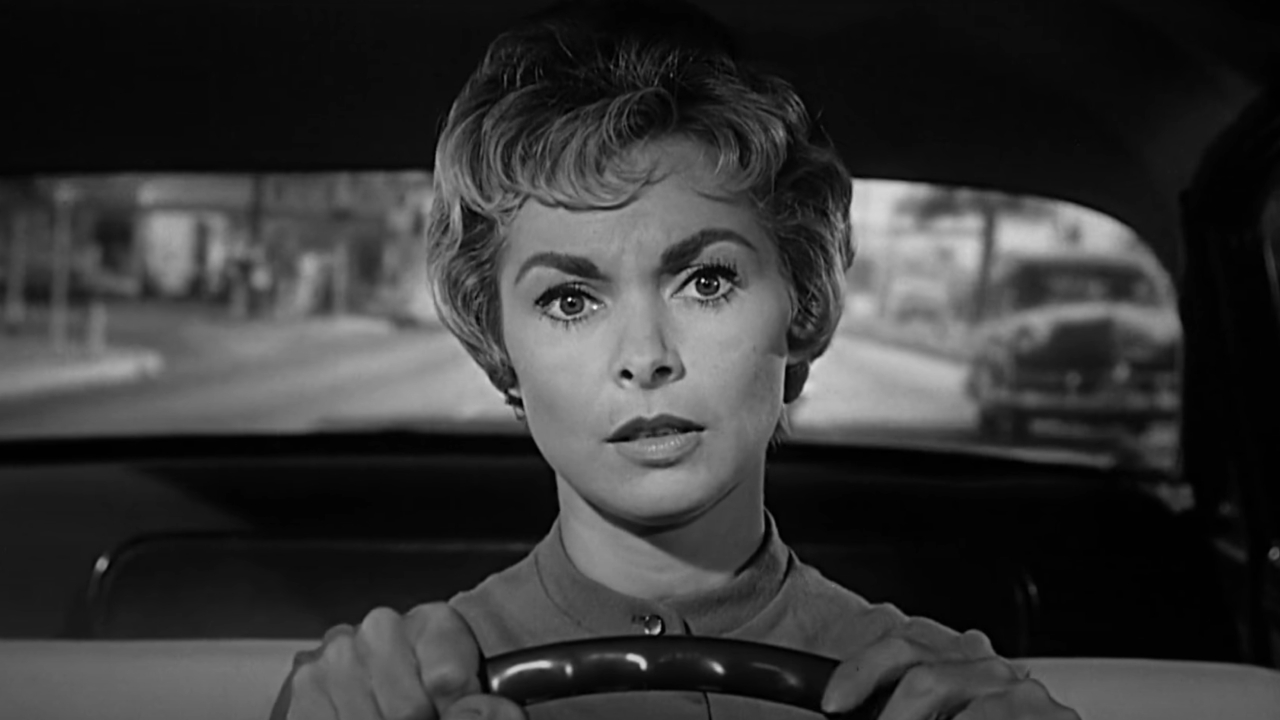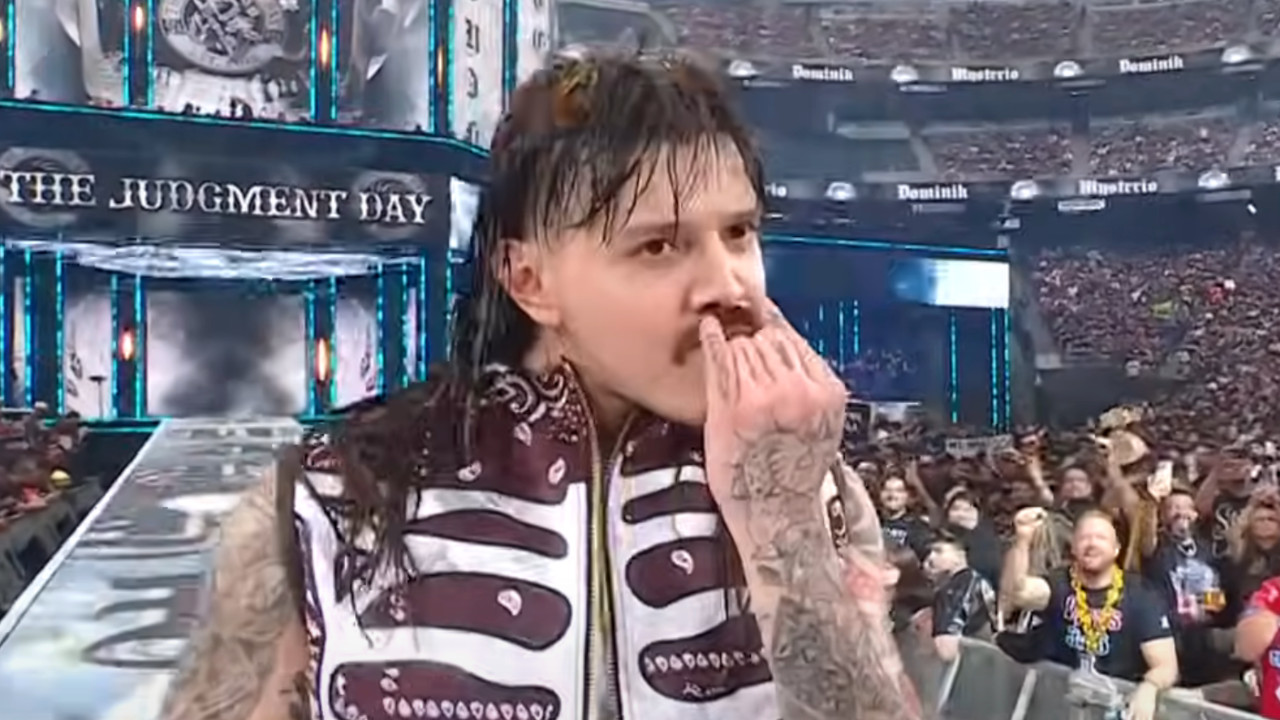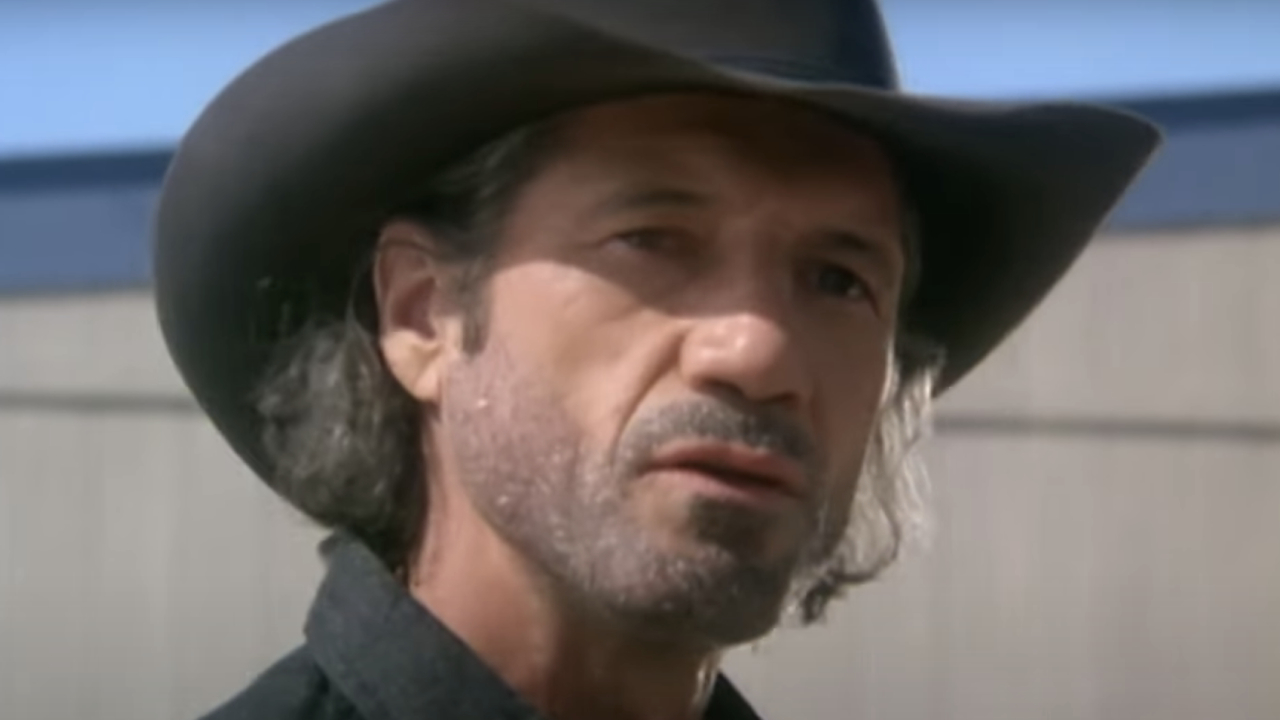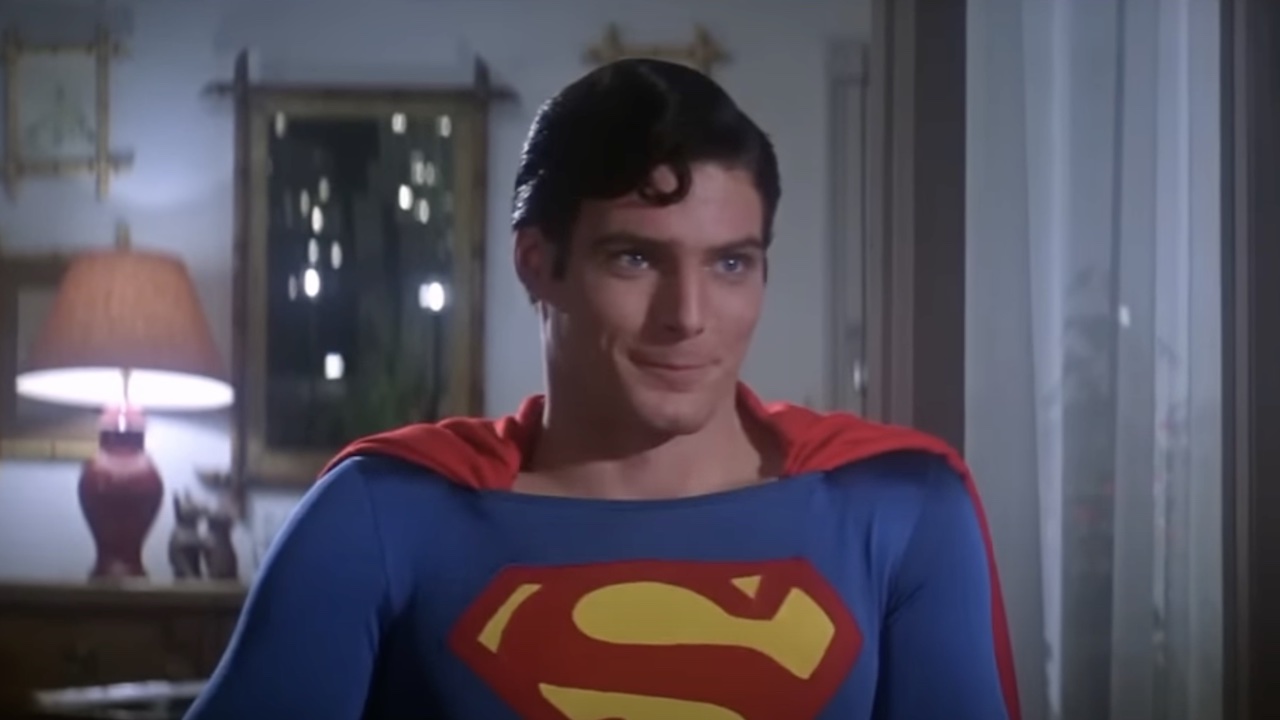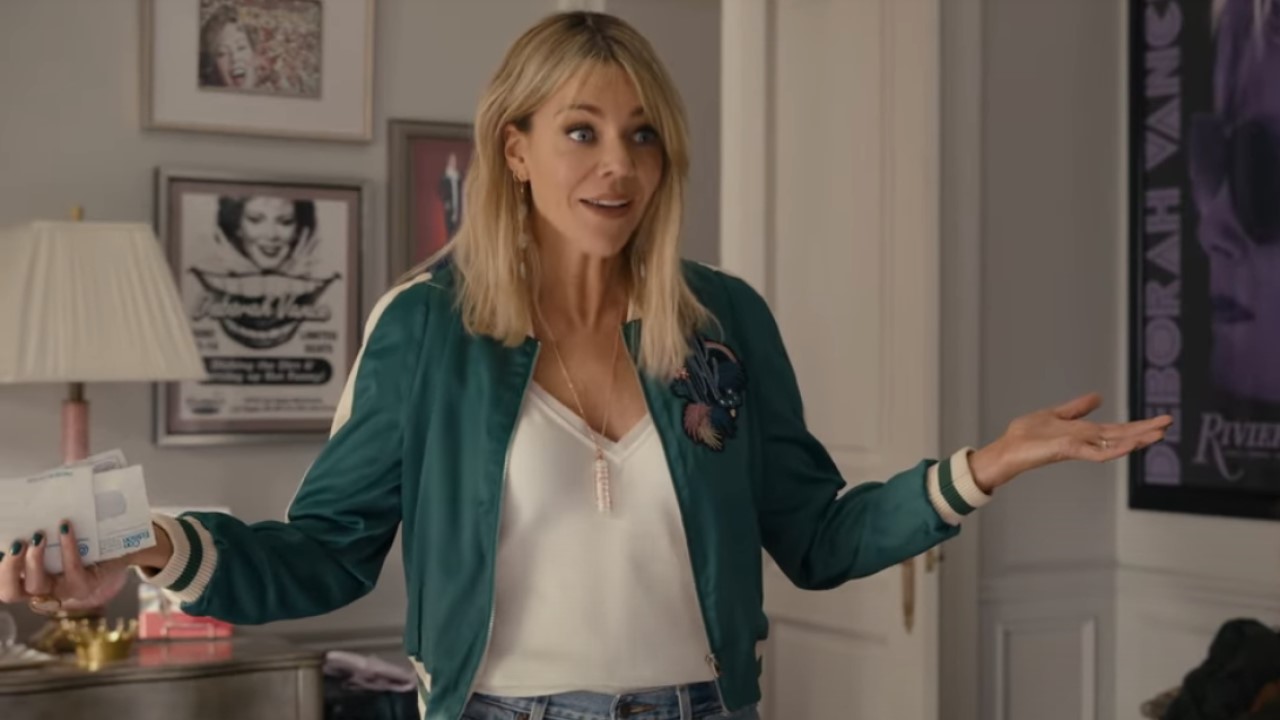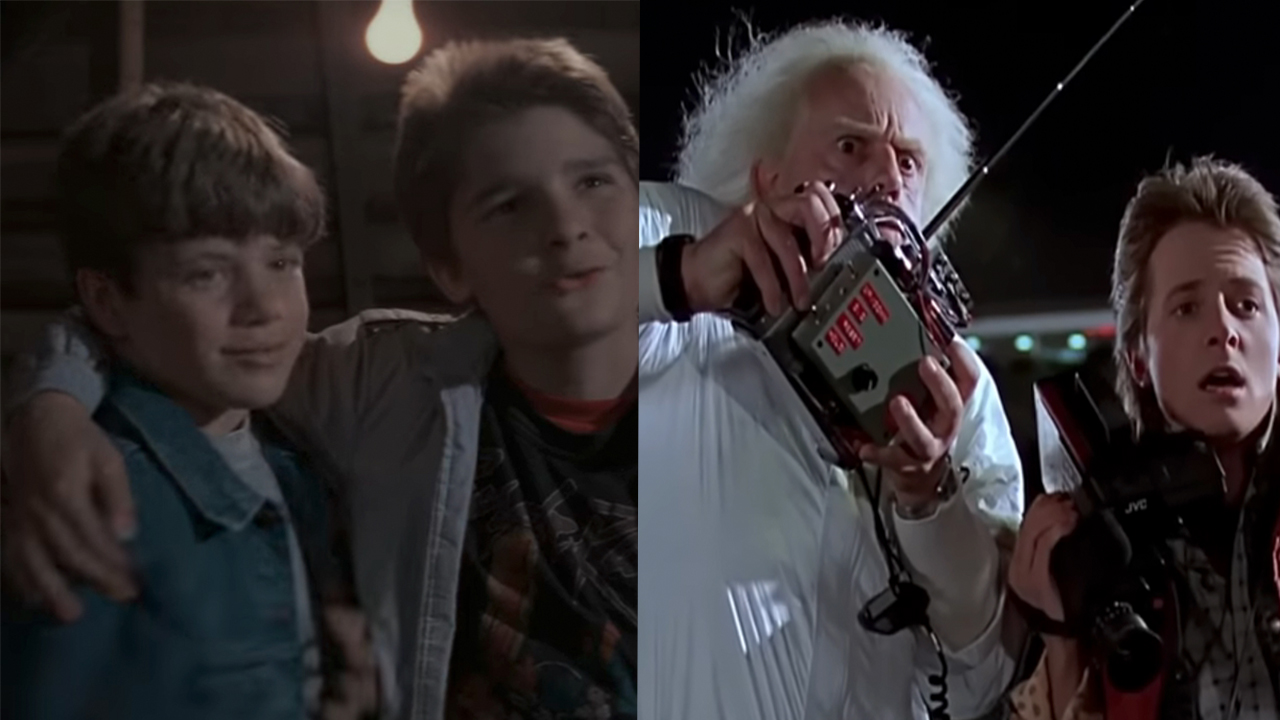I Rewatched Buffy's Season 3 Christmas Episode, And Realized One Thing That's Probably Obvious, But I Need To Talk About It
It is kind of embarrassing that I just realized this detail.
Buffy the Vampire Slayer has many great episodes but only some occupy a special place in my heart. “Amends” from Season 3 is one of them. As we know, this season is one of the best, so there are many great episodes but “Amends” ranks high as one of my favorites. It features wonderful performances by Sarah Michelle Gellar, David Boreanaz, Anthony Head, and guest star Robia Scott.
“Amends” also includes some pivotal moments for the Scooby Gang, like Willow (Alyson Hannigan) and Oz (Seth Green) reuniting after a brief breakup, and the long-awaited romantic reunion of Buffy (Gellar) and Angel (Boreanaz). It’s also Buffy’s only Christmas episode. Because I love “Amends” so much, I have seen it quite a few times.
Nevertheless, I only noticed this obvious detail during my recent rewatch. It’s kind of embarrassing that I missed it so many times, but let’s discuss.
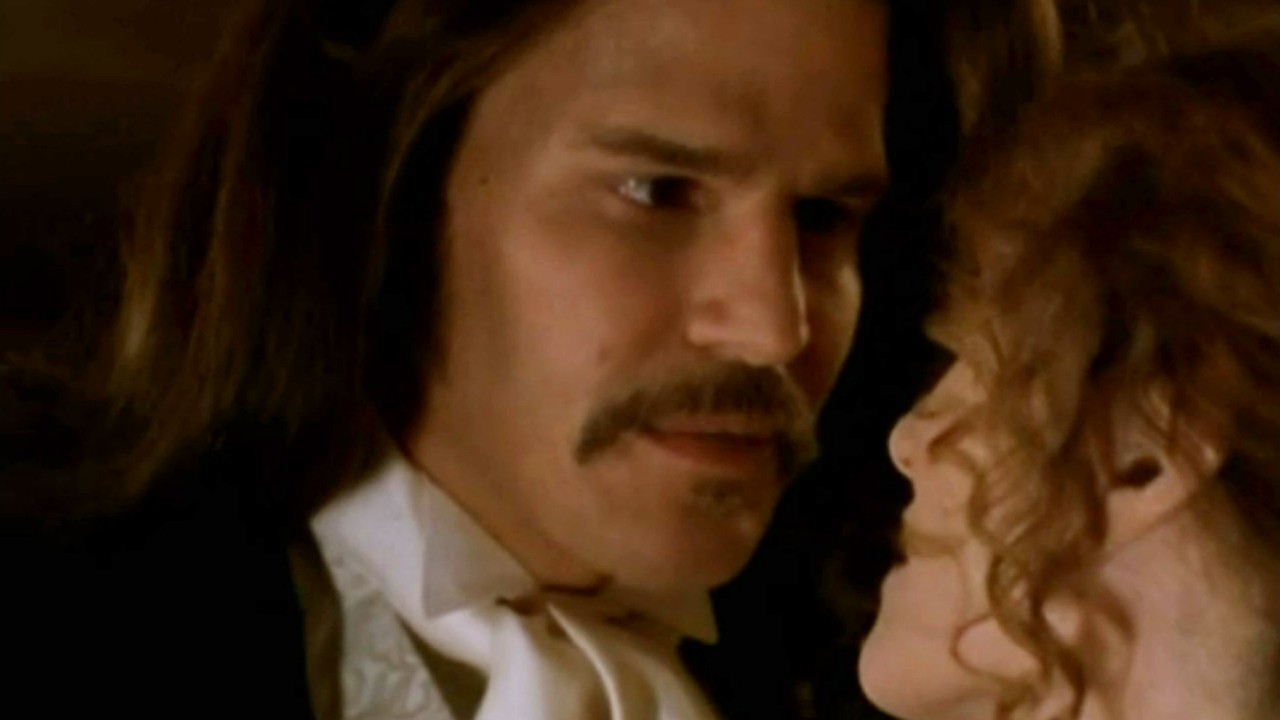
“Amends” Reminds Me Of A Christmas Carol’s Story
Before you judge me, let me defend myself. I began watching Buffy the Vampire Slayer at a pretty young age. Therefore, I wasn’t thinking beyond the simplicity of my enjoyment of an episode. Even though I did many rewatches, I haven’t done full rewatches in the last five years at least, maybe even ten or more. My brain is now more trained to find film and TV connections, so yes, obviously, I should have seen the Christmas Carol comparison earlier but isn’t it good enough that I see it now?
“Amends” has some of A Christmas Carol’s signature traits, including ghosts, redemption, and finding the spirit of Christmas. There are many enthralling A Christmas Carol film adaptations but not many of them include vampires. This automatically gives Buffy a bit of an edge in the adaptation wars. Also, it’s not a straightforward adaptation. It seems inspired by A Christmas Carol, not an adaptation of it.
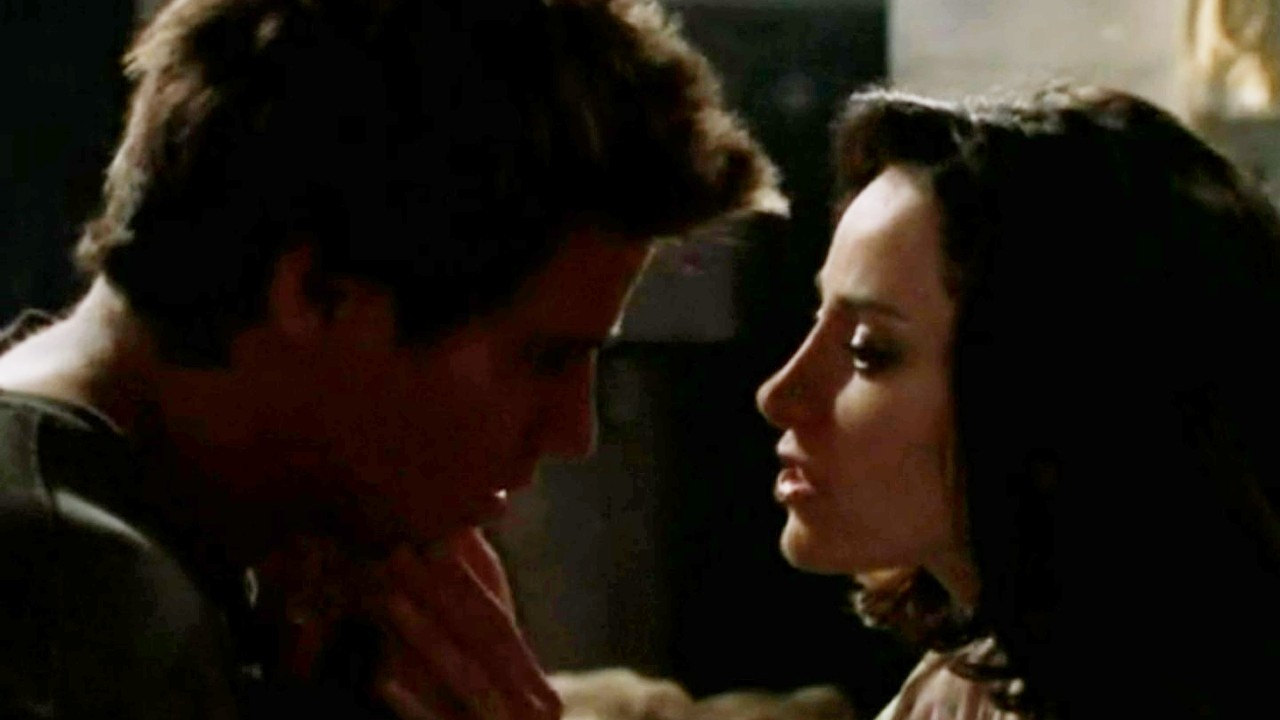
Angel Being Confronted By Ghosts From His Past Is A Clever Nod To Scrooge
Naturally, I don’t often associate Scrooge with vampirism but it makes sense. Many have used vampires and blood lust as a metaphor for addiction, greed, and consumerism. A Christmas Carol is also about letting greed control someone and how that turns them into a monster.
The ghosts must visit Scrooge to get him out of his greedy habits. Angel is also visited by multiple ghosts, victims of his past, led by Jenny Calendar (Robia Scott). In A Christmas Carol, The Ghosts of Christmas Past, Present, and Future show Scrooge how he has become this despicable monster. In Buffy, they have the opposite agenda. The ghosts want to trigger Angel into becoming the monster again, the worst version of himself. It’s a clever change that separates “Amends” from just being a copy of A Christmas Carol.
CINEMABLEND NEWSLETTER
Your Daily Blend of Entertainment News
The way the ghosts visit Angel also feels very theatrical, with the monologues on how he destroyed their lives. There are many radio and play adaptations of A Christmas Carol as well so this feels like a bit of homage to that aspect. “Amends” ends with Angel ready to go to his grave and die. Scrooge’s last visit is from the Ghost of Christmas Future who shows him his grave. The ghost connection linking these stories is the strongest way “Amends” gives tribute to A Christmas Carol.
This is smart given how Charles Dickens’s classic helped inspire a love for the holiday and how people currently celebrate it. If you’re going to make a single Christmas episode of a TV series, you should use one of the greatest Christmas stories as inspiration.
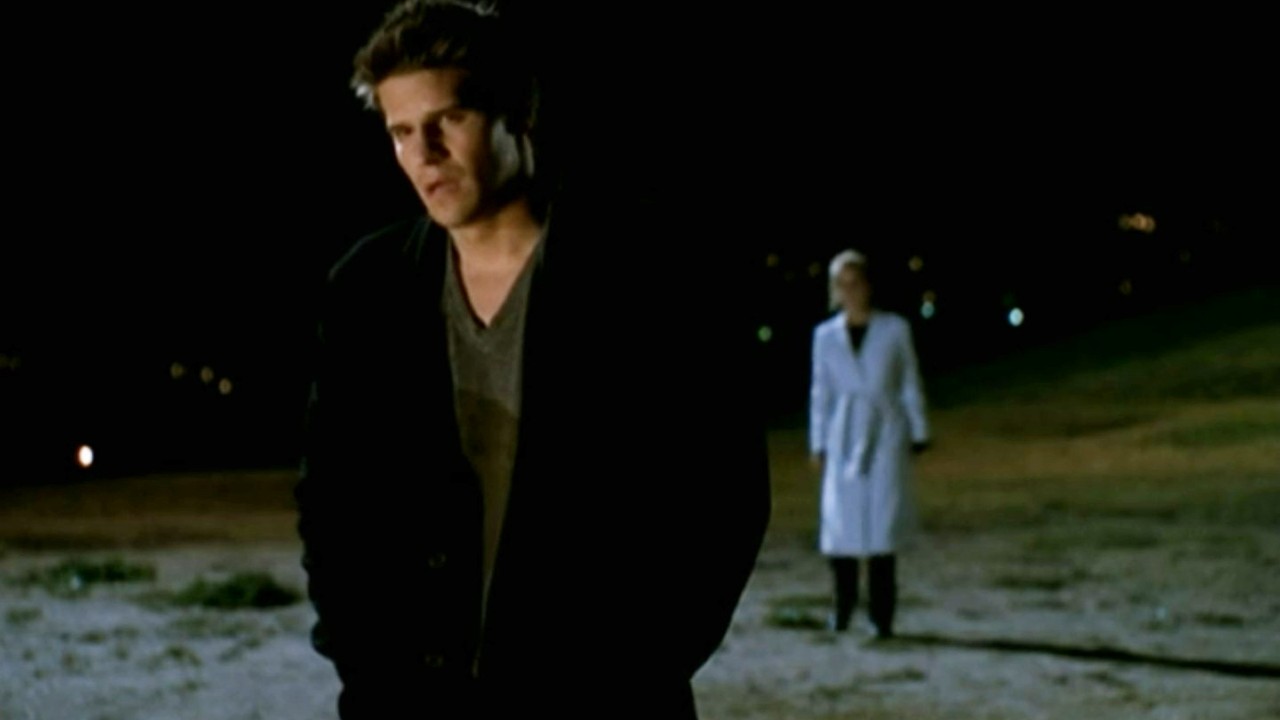
It’s All About Angel’s Redemption
One of Buffy the Vampire Slayer’s consistent themes is redemption. Someone evil doesn’t always have to stay evil. In Buffy the Vampire Slayer Season 2, we witness Angel go to the darkest depths of his soul and become Angelus again. He returns in Season 3 with his soul back but doesn’t atone at first for his sins in Season 2. He kind of hides away for the first few episodes of Season 3. “Amends” starts Angel’s true redemption arc.
In A Christmas Carol, Scrooge is a pretty terrible person. He only decides to change after the ghosts show him the error of his ways. Angel is avoiding his fourth chance at life out of shame and guilt. Everything that happens with The First starts Angel’s journey to becoming active again as a Scooby Gang member. We also know that Buffy the Vampire Slayer Season 3 is the last one with Boreanaz as a series regular. He leaves before Season 4 starts to lead the spin-off series Angel.
Therefore, you can maybe argue that his death at the end of Season 2, then incidents like the one in “Amends” start him on his most important quest for redemption: the series Angel.
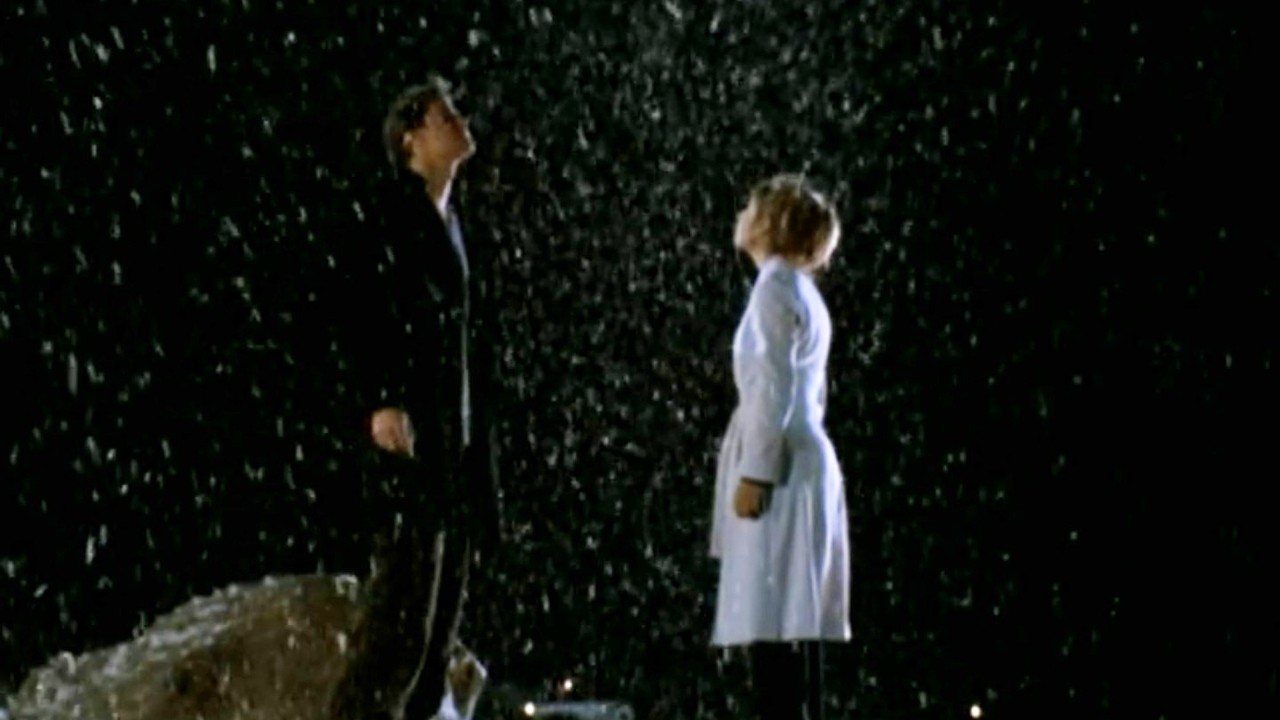
The Ending Has Always Been Hopeful But Now It Feels Hopeful To Me In The Same Way As A Christmas Carol
I think one of the reasons why “Amends” is one of my favorite Buffy the Vampire Slayer episodes is because it has such a hopeful ending. This matches the Christmas theme, and Buffy is often a hopeful show but the series really leans into it with Angel being ready to die but instead of the sun rising, it snows. That’s a pretty big miracle for California —- a state not really known for its snow.
“Amends” has a very hopeful ending for several reasons. The first is that Angel doesn’t die, which means he has a purpose in this world. He’s not just taking up space but the universe has a plan for him. Another hopeful thing about the ending is that he doesn’t die so he can redeem himself. Scrooge isn’t dead yet so he still has a chance to change and do better in this world.
No matter your past, as long as you’re alive, you can still be and do good. You can still change yourself and those around you. Scrooge and Angel both get a second chance to change themselves and the world.
The promise of change is one of the most hopeful ideologies.
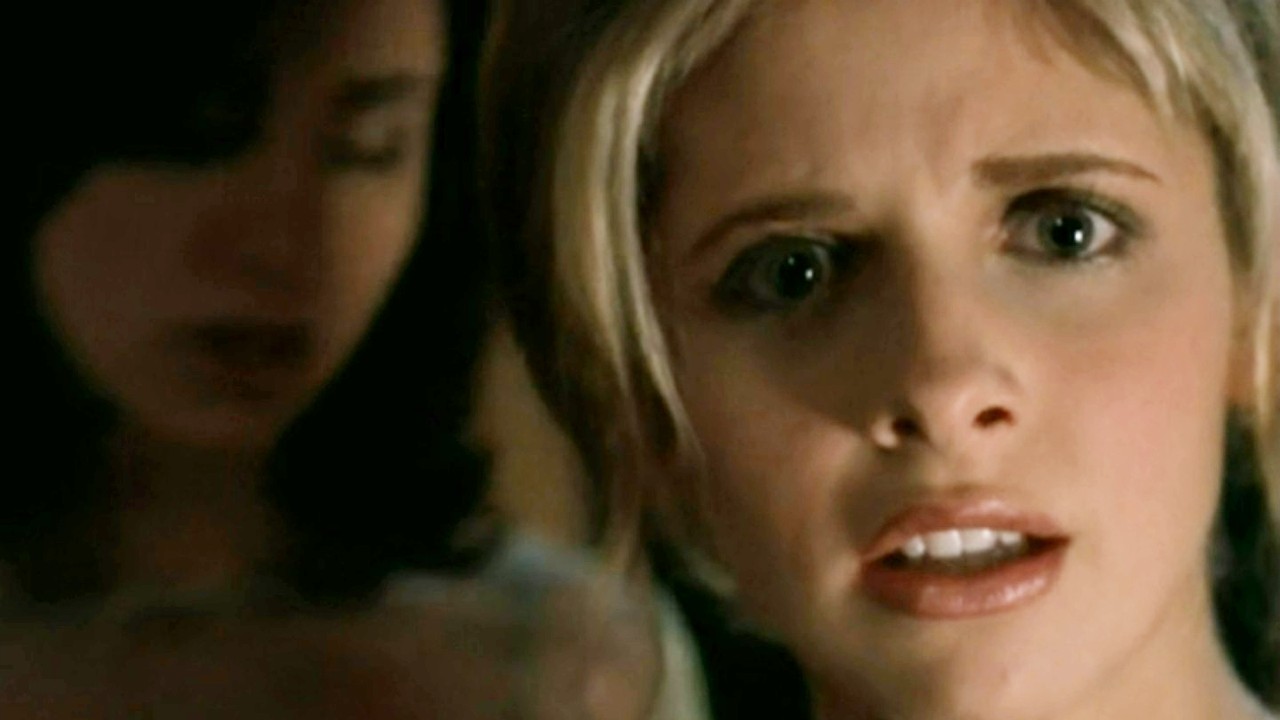
It’s Not A Perfect One-To-One Match But That’s What Makes It An Interesting Nod To This Classic Christmas Story
A Christmas Carol has been done so many times so it didn’t need a Buffy direct copy version. The series does it in a way that very much fits Buffy’s identity, but hits many of the key themes and messages in the original story. The main one is that anyone can transform themselves into a better version if they continue to fight for goodness in themselves and others. Your past doesn’t define your future.
That’s seen in Scrooge and Angel’s Christmas journeys.
“Amends” isn’t a movie or TV episode that I watch every year but this rewatch made me consider adding it to my annual holiday rotation. It’s a very good Christmas episode that hits all the key aspects of the meaning of starting over, forgiveness (to oneself and others), and loving someone unconditionally. It’s one of Buffy the Vampire Slayer’s sappiest episodes but that’s what makes it great.

Spent most of my life in various parts of Illinois, including attending college in Evanston. I have been a life long lover of pop culture, especially television, turned that passion into writing about all things entertainment related. When I'm not writing about pop culture, I can be found channeling Gordon Ramsay by kicking people out the kitchen.
